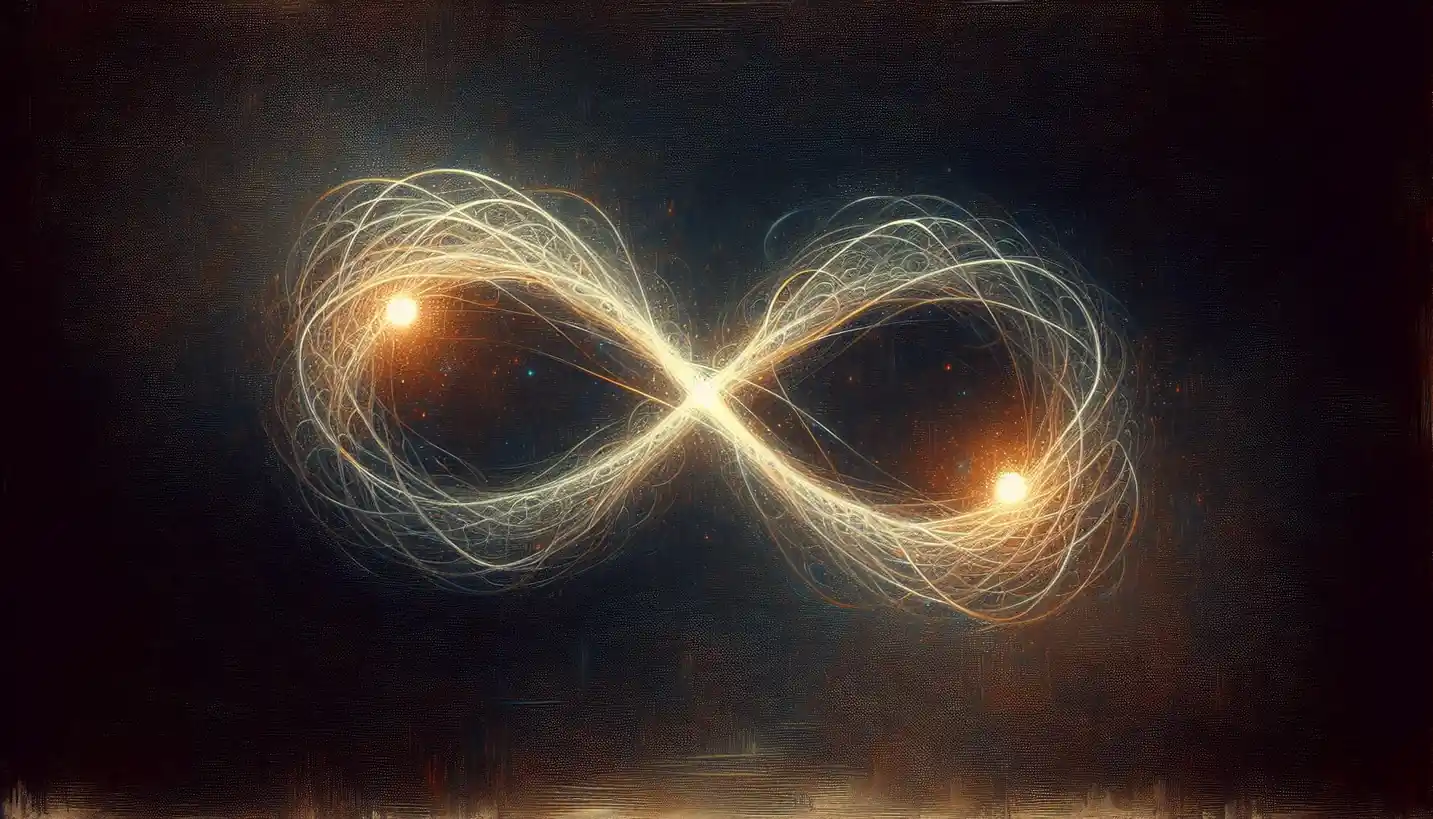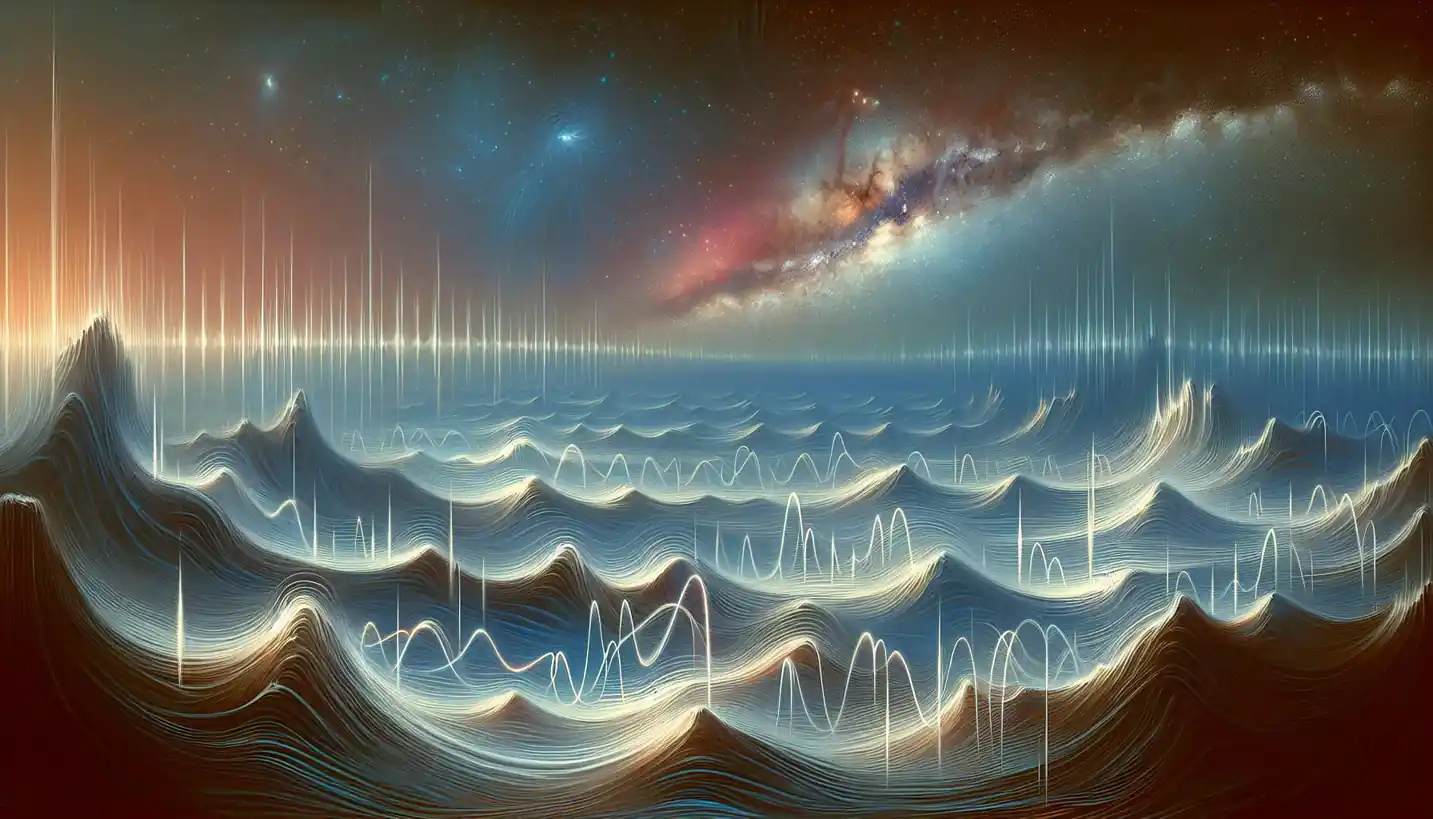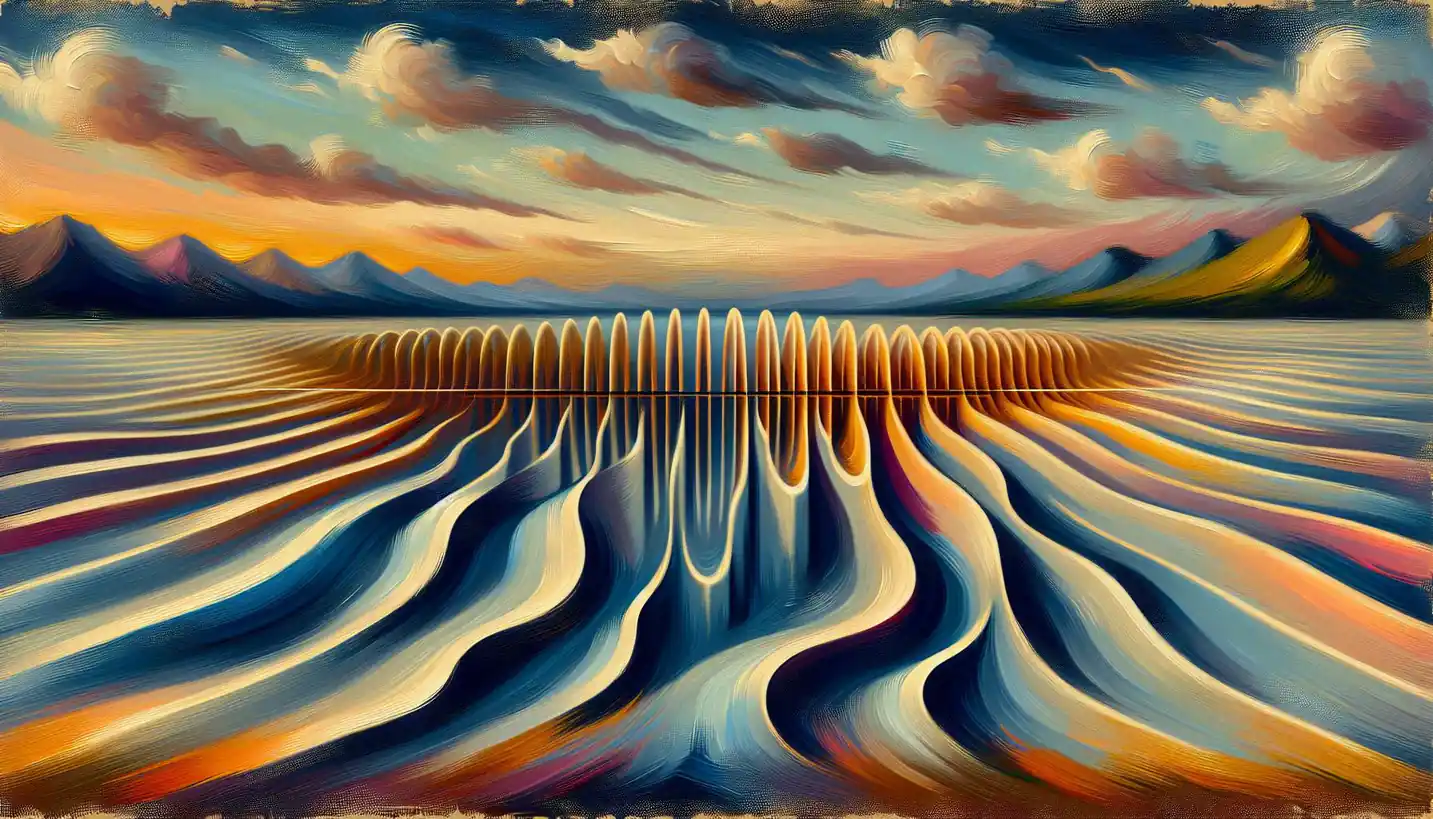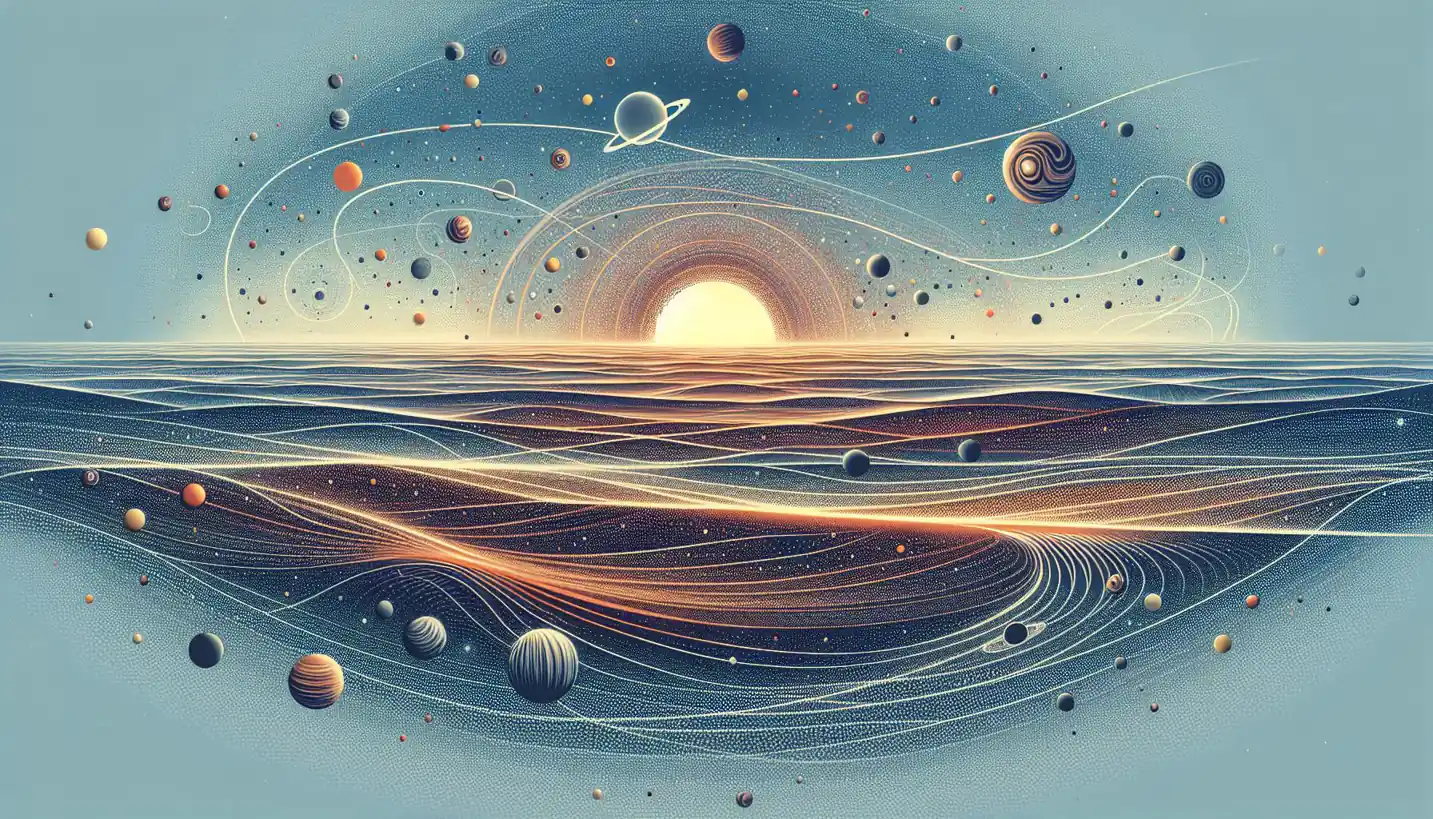· Physics · 5 min read
Plasma Oscillation: Unraveling the Mysteries of the Fourth State of Matter
Plasma oscillations are mesmerizing waves that reveal much about this fascinating fourth state of matter. Learn how these oscillations play a crucial role in plasma dynamics.

Delving into the world of plasma might feel a bit like entering a parallel universe where ordinary rules are flipped upside down. Plasma, often called the fourth state of matter, is a fascinating realm where particles dance to different tunes. At the heart of this intriguing dance lies a captivating phenomenon known as plasma oscillation.
What is Plasma?
Before we unravel plasma oscillation, let’s get a picture of plasma itself. Imagine a substance that’s neither solid nor liquid nor gas but a mix of free-floating ions and electrons. This is plasma, and it’s everywhere—even making up stars and the sun.
In simpler terms, think about plasma as a super-charged gas. When you heat a gas enough, its atoms break apart, leaving charged particles. These particles zoom around like frenzied bees, constantly bumping into each other, creating magnetic and electric fields.
Understanding Plasma Oscillation
Now, picture this energized mess of charged particles in a plasma. Plasma oscillation is like the rhythmic wave that passes through this chaotic sea. You can think of it as a synchronized wave formed by electrons and ions moving back and forth.
Remember how ripples spread across a pond when you toss a stone? Plasma oscillations are similar, but instead of water, they ripple through charged particles. In essence, these oscillations are waves of electric fields created as all the particles try to get back to a neutral, balanced state after being disturbed.
The Role of Electrons and Ions
To get a bit more specific, imagine electrons and ions in plasma as hyperactive kids on a see-saw. They’re always trying to balance themselves out. When something disturbs them—let’s say an electric field—they start moving in waves. Electrons are much lighter, so they move faster compared to the heavier ions, creating oscillations.
These swaying motions aren’t random. In plasma, they form a pattern—a systematic movement—and that’s where the term “oscillation” comes from. It turns out these waves are crucial in shaping how plasma behaves.
Where Do We Find Plasma Oscillations?
You might think plasma is rare, but it’s more common than you imagine. From neon signs that blink on streets to the expansive stretches of auroras fluttering in polar skies, plasma is at work. And wherever there’s plasma, there might be plasma oscillations happening too.
One of the most familiar—and powerful—sources of plasma oscillations is our own sun. Stellar explosions and the glow of solar flares involve massive plasma waves, where the oscillations play a critical role. On a smaller scale, plasma oscillations are crucial in controlled nuclear fusion research, where scientists aim to harness energy from plasma reactions here on Earth.
Why Do Plasma Oscillations Matter?
But why do we care about plasma oscillations? Well, understanding them holds the key to numerous technological and scientific advances. Imagine being able to store energy more efficiently or process data at lightning speeds using plasma-based technologies.
Another promising field is nuclear fusion, the process stars use to produce energy. By mastering plasma oscillations, scientists hope to develop fusion reactors, potentially offering us a limitless and clean energy source.
Moreover, plasma oscillations impact communication technologies. Satellites and space probes traveling through cosmic plasma must deal with its effects. Scientists need to understand these oscillations to protect and design advanced technology for exploring the universe.
The Science of Waves
Now, let’s explore the scientific backbone of these oscillations. They’re akin to other wave processes, characterized by frequency and amplitude. The frequency is like the number of waves you’d count passing by in a minute, and the amplitude is the height of those waves.
This systematic movement allows scientists to predict and harness plasma oscillations, deciphering their patterns and using intricate mathematical models. It’s a bit like composing a symphony, where understanding each note leads to a harmonious outcome.
Challenges in Plasma Research
While plasma oscillations hold incredible promise, unraveling their mysteries isn’t without challenges. Plasma is notoriously difficult to control, swirling and shifting unpredictably, making experiments complex.
Think of trying to herd cats—they’re unpredictable and each has its own mind. Similarly, handling plasma in a lab requires careful strategies and precise technology to observe and manipulate the oscillations.
Future of Plasma Oscillations
Peering into the future, the possibilities surrounding plasma oscillations seem boundless. Could plasma-based technologies transform our energy sector, leading to sustainable solutions? Scientists continue their quest, driven by curiosity and the potential rewards awaiting just beyond our reach.
The journey is much like setting sail into uncharted waters—filled with unknowns, but also the promise of discovery and game-changing innovations. Plasma oscillations are more than just waves—they’re the whispers of new possibilities waiting to be unlocked.
Final Thoughts
In the grand dance of the universe, plasma oscillations offer a captivating glimpse of the invisible forces shaping our world. From the tiniest spark in our gadgets to cosmic phenomena, these oscillations are proof of nature’s inherent elegance.
By diving deeper into this rhythmic dance, we edge ever closer to a deeper understanding of not just plasma, but the very fabric of the universe itself. As scientists continue to crack the code of plasma oscillations, we too get to marvel at the possibilities they usher in, inviting us all to keep asking, exploring, and dreaming.


